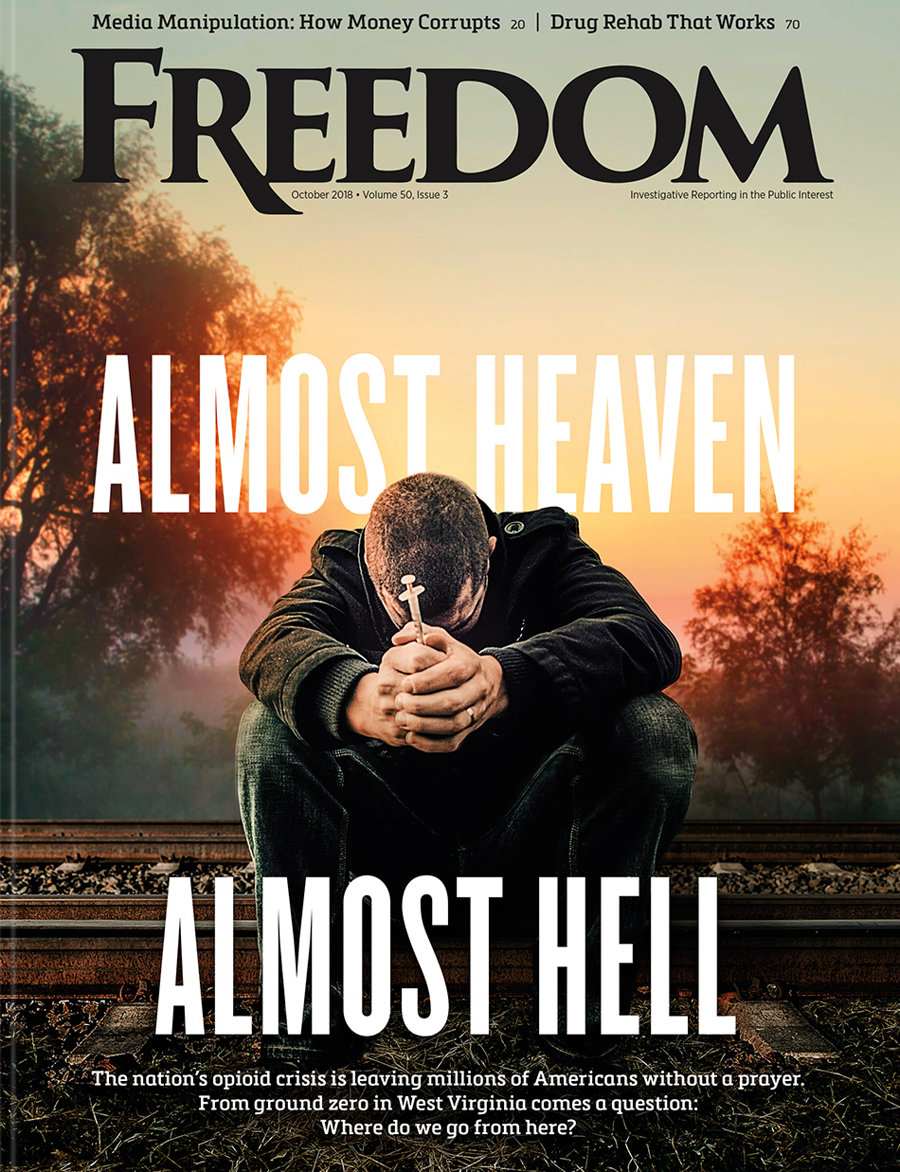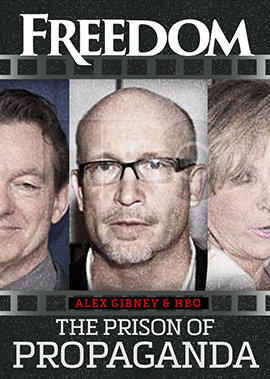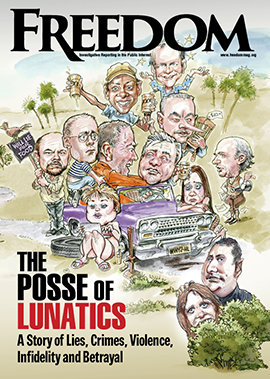The physician assistant who wrote the prescription failed to mention that the FDA had never approved guanfacine—whose side effects include blurred vision, confusion, dizziness, severe weakness and depression—for toddlers like Easton.
The drug made Easton “like a zombie,” according to his aunt and adoptive mother, Kymberly Stacks. Yet each time she raised her concerns with the physician assistant, the answer was to increase the dose.
Up and up the doses went, until Stacks switched to a psychiatrist who promptly put him on the antipsychotic Abilify.
Then the stimulant Evekeo.
Followed by Concerta, ProCentra and Ritalin.
None “cured” him.
“We have made a mess and it’s dangerous.”
Now age 6 and a veteran of six psychiatric drugs, he’s presently on his seventh, Quelbree, another ADHD drug.
Its side effects include insomnia, blood-pressure problems, depression and suicide.
How will Easton’s story end? More drugs until the symptoms suppressing his symptoms are more palatable to society at large, or until he’s too drugged out to function at all?
“I constantly think he was put on medication way too young, but no doctor ever said anything,” said Stacks.
The doctors may not be talking, but the Medicaid stats speak loud and clear: Of roughly 166,000 children ages 3 to 14 who started ADHD drugs in 2019, over 39,000—more than 23 percent—were taking two or more psychiatric drugs at the same time by 2023. More than 4,400 of these children were on four psychotropics simultaneously. Children who were started on ADHD drugs at younger ages were considerably more likely to be prescribed additional psychiatric drugs over the ensuing four years.
“There are concerns about safety, because there can be additive adverse effects of different types of medications,” said Dr. Javeed Sukhera, of the Institute of Living at Hartford Hospital in Connecticut.

“We have made a mess and it’s dangerous,” said Jennifer Havens of the NYU Grossman School of Medicine. “If a kid is on five, six, seven medications, that’s just wrong.”
Yet it continues.
Danielle Gansky’s life on drugs began at age 7 when a school administrator was scandalized by her sloppy schoolwork and tendency to be distracted in class.
Her mother, at the urging of the school, sent the cheerful, creative child to a psychiatrist who diagnosed her with ADHD and put her on a stimulant. The alternative put to her weeping mom was having her daughter kicked out of that nice upscale private girls’ school.
Goodbye, bubbly, creative little girl.
Hello, agitated, angry problem child.
The stimulant “didn’t work,” so another doctor put Danielle on Prozac.
More pills followed. And when she complained about one drug, her doctors would either up her dose or spin the wheel and try another one. Danielle Gansky’s body was buffeted with a daily onslaught of two—and sometimes three or more—psychiatric drugs at once. By her late twenties, she was a survivor of 14 different psychiatric drugs.
So, did her schoolwork get tidier? Could she now pay attention?
Danielle says the results of the drug assault included a dull mind, irritability and sleepiness.
“I was living in a body hijacked by the medication,” she says of her ordeal. “I didn’t have the words or authority to challenge what I was being told.”
Now 29, her days are spent trying to wean herself off her latest antidepressant.
What’s the science behind this let’s-throw-a-bunch-of-prescriptions-at-the-little-kid-and-see-what-sticks standard protocol of the psychiatric industry?
Is there any science behind it—at all?
“We need long-term studies following young people to fully understand the effects of psychiatric medications on the developing brain,” said Dr. Mark Olfson, professor at Columbia University Irving Medical Center. Antipsychotics are of particular concern, he said—with some studies suggesting that adults taking antipsychotics suffer cognitive decline. Long-term studies have never been conducted on children, however.
The brain is arguably the most important organ in the human body. It is so important, in fact, that the body protects it more than any other organ—encasing it in bone and three layers of tissue.
A child’s brain is still developing. In the first few years of life, more than 1 million neuron connections are formed each second. It is an extraordinary performance, and by the time a child is five, he has 90 percent of the brain he’ll have as an adult. But the brain continues to develop into a person’s mid-20s.
Now, take the 7.1 million American children ages 3 to 17 who have an ADHD diagnosis, according to an analysis of 2022 federal data. About half of them took ADHD drugs that year, and the rate of prescriptions is growing.
That’s a lot of children imbibing something that produces not-fully-researched “effects on the developing brain.”
Not to mention a litany of side effects of ADHD drugs ranging from stunted growth to hostility, heart problems, hallucinations, homicide, suicide and death.
Who would take money to poison a child’s still-developing brain with dangerous drugs?
Only a crook or a fool.
Ask your psychiatrist which one he is.






















